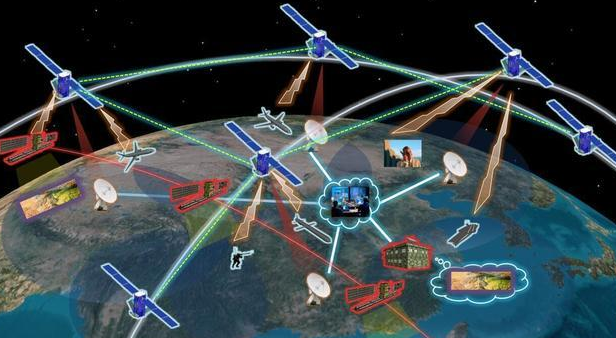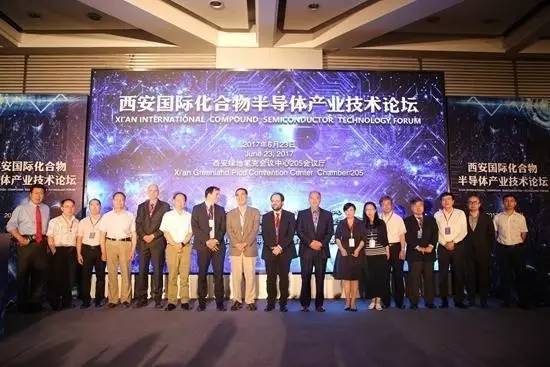China plans to launch 156 small satellites by 2025 to provide Internet services in low signal areas and places with adverse natural environment, according to an announcement by China Aerospace Science and Industry Corporation (CASIC).
Ė∙ō■(j©┤)ųąć°║Į╠ņ┐Ų╣ż╝»łF╣½╦Š(CASIC)Ą─ę╗Ę▌┬Ģ├„Ż¼ųąć°ėŗäØį┌2025─ĻŪ░░l(f©Ī)╔õ156ŅwąĪą═ąl(w©©i)ąŪŻ¼×ķĄ═ą┼╠¢ģ^(q©▒)║═ūį╚╗Łh(hu©ón)Š│É║┴ėĄ─Ąžģ^(q©▒)╠ß╣®╗ź┬ō(li©ón)ŠW(w©Żng)Ę■äš(w©┤)ĪŻ
Due to environmental conditions of deserts, mountains and seas, half of the world's population has no access to the Internet, and the information deficiency hampers local development, according to a press release CASIC sent to the Global Times.
Ė∙ō■(j©┤)į┌ĪČŁh(hu©ón)Ū“Ģrł¾ĪĘ╔ŽĄ─ę╗Ę▌ą┬┬äüĒĖÕ│╦Ż¼ė╔ė┌╔│─«Īó╔Į├}║═║Żč¾Ą─Łh(hu©ón)Š│Śl╝■Ż¼╩└Įń╔Žėąę╗░ļĄ─╚╦┐┌¤oĘ©╔ŽŠW(w©Żng)Ż¼ą┼ŽóģTĘ”ūĶĄK┴╦«ö?sh©┤)ž░l(f©Ī)š╣ĪŻ
The project, named Hongyun, plans to send the first satellite by 2018, and launch four more to gain preliminary experience by 2020.
▀@éĆ├¹×ķĪ░║ńįŲĪ▒Ą─╣ż│╠Ż¼ėŗäØį┌2018─Ļ░l(f©Ī)╔õĄ┌ę╗Ņwąl(w©©i)ąŪŻ¼į┌2020─Ļų«Ū░░l(f©Ī)╔õ╦─├Čąl(w©©i)ąŪüĒ½@Ą├│§▓ĮĮø(j©®ng)“×ĪŻ

By the end of the 14th Five-Year Plan (2021-2025), CASIC plans to have all of the 156 satellitesin operation.
ĄĮĄ┌14éĆ╬Õ─ĻėŗäØŻ©2021-2025─ĻŻ®ĮY(ji©”)╩°ĢrŻ¼ųąć°║Į╠ņ┐Ų╣ż╝»łF╣½╦ŠėŗäØīó╦∙ėą156éĆąl(w©©i)ąŪČ╝═Č╚ļ▀\ąąĪŻ
"The satellites will also facilitate Internet access and communication for airplanes and ocean-going ships," Wang Yanan, chief editor of the Aerospace Knowledge magazine, told the GlobalTimes.
║Į┐šų¬ūRļsųŠĄ─ų„ŠÄ═§üå─ąŽ“ĪČŁh(hu©ón)Ū“Ģrł¾ĪĘ═Ė┬ČŻ║Ī░ąl(w©©i)ąŪ▀Ćīó╠ß╔²’wÖC║═▀hč¾┤¼ų╗Ą─╗ź┬ō(li©ón)ŠW(w©Żng)Įė╚ļ║══©ą┼ĪŻĪ▒
The Hongyun Project, which focuses on communication, remote sensing and navigation, canoffer communication and Internet services for China and less-developed countries withreduced latency.
ęį═©ą┼Īó▀bĖąĪóī¦(d©Żo)║Į×ķųž³cĄ─Ī░║ńįŲĪ▒ėŗäØŻ¼┐╔ęį×ķųąć°║═ŪĘ░l(f©Ī)▀_ć°╝ę╠ß╣®═©ą┼║═╗ź┬ō(li©ón)ŠW(w©Żng)Ę■äš(w©┤)Ż¼£p╔┘čė▀tĪŻ
Meanwhile, the project can also benefit emergency communication, sensor data collectionand remote control of unmanned equipment, CASIC said.
ųąć°║Į╠ņ┐Ų╣ż╝»łF╣½╦Š▒Ē╩ŠŻ¼┼c┤╦═¼ĢrŻ¼įō╣ż│╠▀Ć┐╔ęįÄ═ų·Šo╝▒═©ą┼Īóé„ĖąŲ„öĄ(sh©┤)ō■(j©┤)╩š╝»║═¤o╚╦įO(sh©©)éõĄ─▀h│╠┐žųŲĪŻ




